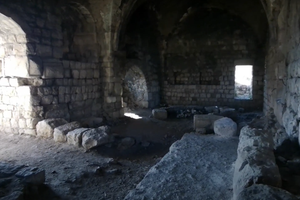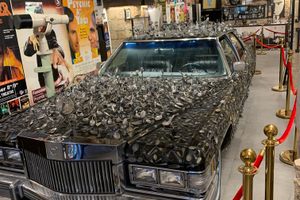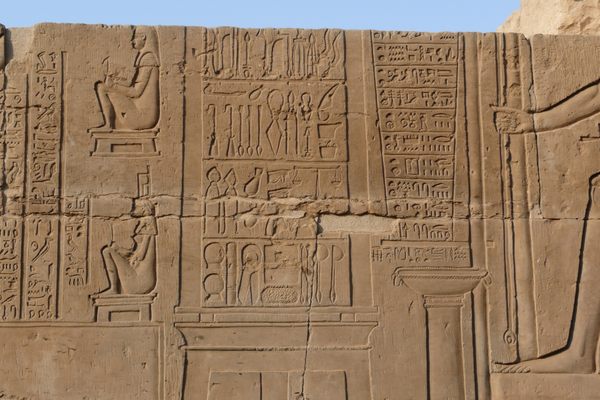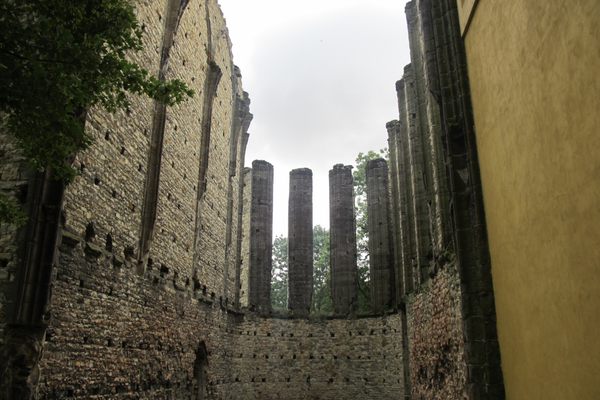About
An idol made by King Jeroboam for the Israelites after the split of the kingdom into Southern Judah and Northern Israel, according to Kings. There were two golden statues, one at the national shrine of Dan, and one at Bethel. Israel's idols were destroyed when the kingdom fell in 722 BCE. When the Assyrians defeated the ten tribes, they were raided for their gold. These two golden calves are reminiscent of the one Aaron made.
"In Hebrew, the incident at Sinai is known as "Chet ha'Egel" or "The Sin of the Calf." It is first mentioned in Exodus 32:4. In Egypt, where the Hebrews had recently resided, the Apis Bull was the comparable object of worship, which the Hebrews may have sought to revive in the wilderness," according to the New World Encyclopedia. "Among the Egyptians' and Hebrews' neighbors in the Ancient Near East and in the Aegean, the wild bull aurochs was widely worshiped, often as the Lunar Bull and as the creature of El. The latter tradition may also have been long known to the Israelites, who also worshiped El, later calling him Yahweh, the Lord."
According to scholars, the Golden Calf story from Exodus likely originated as a polemic against the Israelite shrines. Over hundreds and hundreds of years, the tale of the Golden Calf has become a symbol of materialism, decadence, and putting money before what really matters in life. It is often used in rabbinical tradition, downplaying the responsibility of Aaron.
Although the actual golden calf has long since been lost, tourists can still explore the ruins of the main sanctuary where the calf likely would have been located. And if that's not enough, guests are also free to examine the numerous standing stone shrines that line the gate to the city.
Related Tags
Community Contributors
Added By
Published
May 8, 2011
Sources
- New World Encyclopedia: Golden Calf: http://www.newworldencyclopedia.org/entry/Golden_calf
- Christian Teaching: Ron Wyatt Discovered the Golden Calf Altar Built by Aaron: http://www.freechristianteaching.org/modules/smartsection/item.php?itemid=399
- About.com: Golden Calf Altar at Dan: http://christianity.about.com/od/symbolspictures/ig/Israel-Tour-Pictures/23IsraelGoldCalfAltar800x600.htm






















